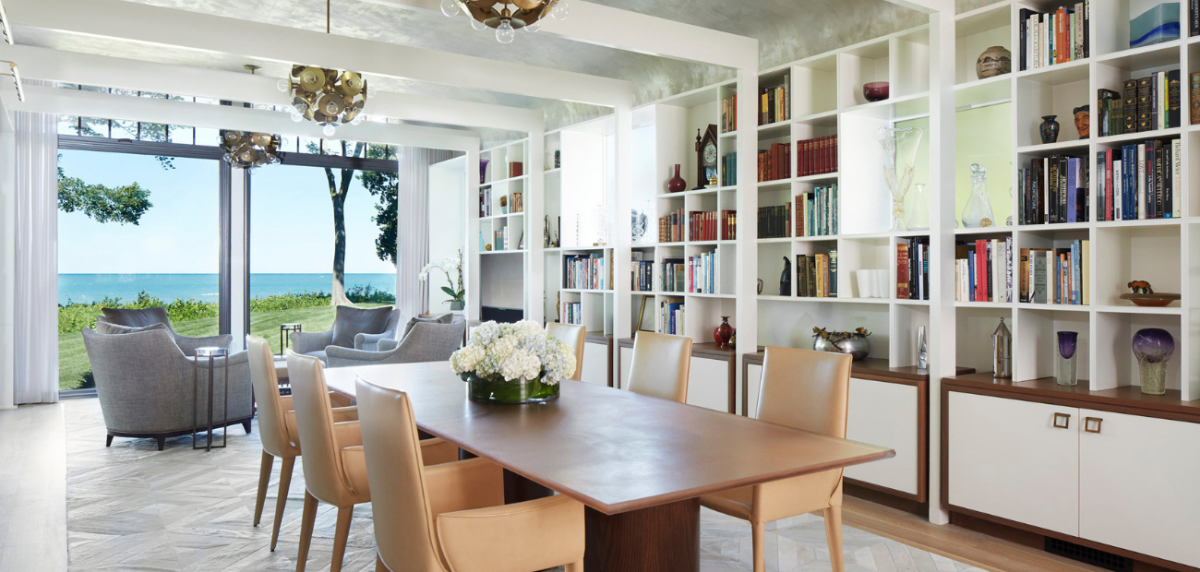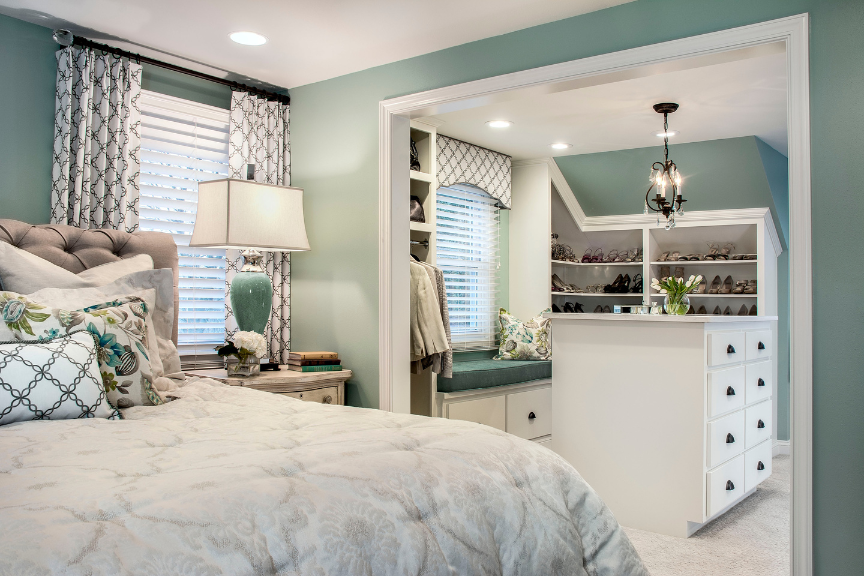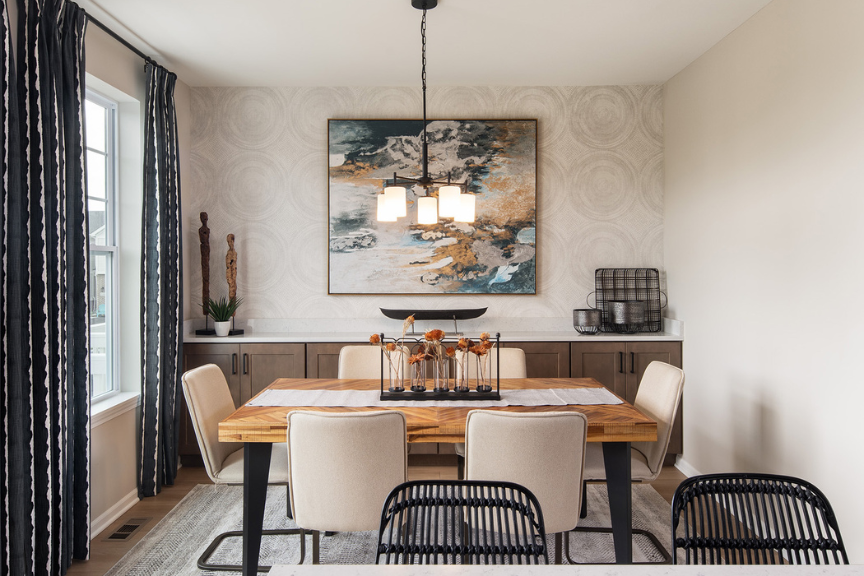September 25, 2023
Design & Architecture, Design Trends
Share
ShareFall is the time to get organized. Help clients figure out how to store and stash their belongings with these best practices.

3 Key Takeaways:
- Storage options should reflect a homeowner’s needs
- Make sure to include storage options in every room
- Keep storage placement, pricing and ease of use in mind
New homes are shrinking in size and storage space, and older homes have their share of storage woes as well, which makes it difficult for homeowners to keep their homes tidy and organized.
Though many homeowners in recent years have latched onto the decluttering philosophies of Marie Kondo and Swedish Death Cleaning, some didn’t organize and store what was left, leaving them with piles. Moreover, most homeowners continue to buy, making it unlikely that their rooms will have space for everything.
Designer Jacob Laws of Jacob Laws Interior Design and his partner know the trials of limited storage space. They own an early 1800s home in Charleston, S.C., and intentionally limit their possessions to ensure it stays tidy. “But it’s easier for us,” he says. “This is what we do professionally.”
The good news is that everyone from home builders and architects to professional organizers and designers are swooping in to help.

Commercial interior designer Mary Cook of Mary Cook Associates, who advises homebuilders, is seeing bigger closets emerge. Jeff Benach, principal of Lexington Homes, has altered the angle of a staircase in one townhouse model to accommodate a second hall closet and also angled the garage to make its ceiling higher to fit more storage. Wingspan Development Group offers extra closets as options in some of its multifamily units, including walk-in styles and pantries off kitchens. Many pros such as salesperson Aleks Videnovic of Compass, a founder of StageIT.site and RenderPRO.io, make visualizing possibilities easier with renderings.
Fall is a good time to encourage clients to organize their storage, and a few best practices can help so the task doesn’t become overwhelming. Doing so also helps when they sell since well-planned storage shows buyers how their houses can work efficiently, says Allison Bond, a salesperson with Cummings and Co. Realtors, which is headquartered in Maryland.
Best Practices
Before organizing, homeowners should declutter, basing their decision on the traditional rule of if something hasn’t been used in three to five years or offers great sentimental value, it goes.
Figure Out How and Where
Every homeowner should factor in how long they hope to stay since built-ins, including closet systems, can be more costly than many freestanding furnishings, which may be transported to a future home. “Live in your space for a few months before you commit to any storage investment,” Laws says.
The best questions for homeowners to ask themselves, says architect Bob Zuber, AIA, principal at Morgante Wilson Architects, are: What am I storing? How accessible does it need to be based on frequency of use? Does what’s being stored involve special considerations such as temperature control?
Trends come and go. Big entertainment centers and armoires are passé while “Costco Closets” in suburban homes for bulky items are now in, Cook says.
Any systems installed should be adjustable whether shelves in a bookcase or clothing rods in a closet since needs change.

Keep It On Brand, But Not Personalized
Storage should reflect a home’s design style and price point, which means more expensive wood shelves rather than wire in mid-priced to luxury homes.
Think carefully about which materials to use. In general, metal costs more than wood, except for exotic species; stained wood is more expensive than painted; and melamine and similar materials are the least expensive yet still very durable, says designer Rebecca Pogonitz of GoGo Design Group. Wood offers the advantage of being able to be customized, says designer Suzan Wemlinger, principal of Suzan J Designs.
Homeowners should avoid over-personalizing storage unless what’s stored warrants extra expense. This rule may apply to a fine wine collection in a custom cellar. An alternative is a refrigerated wine cooler that can be taken to another home.
Keep the Space in Mind
Storage should never be placed so it blocks doors, windows, furnishings and traffic flow; its purpose is to support daily life rather than make it harder.
Future needs should be considered by not filling up every storage option. That happened during the pandemic when many homeowners hunted for space for a home office. Some found it by converting an extra closet into a functional cubicle.
Off-site public storage should be avoided when possible since it’s costly and often becomes an excuse for delaying decluttering, says Videnovic.
Every room should have some storage. “People will notice if there’s none,” says Amanda Wiss, a stager, organization expert and founder of Urban Clarity.

Barbara Ballinger
Barbara Ballinger is a freelance writer and the author of several books on real estate, architecture, and remodeling.





